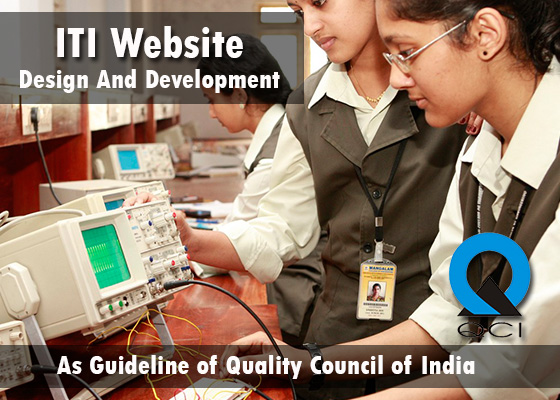Linux Operating System
This course comprises 20 audio-video spoken tutorials, using which you can self-learn Linux commands with ease.
STEP 1-
First of all install Ubuntu Linux OS by following the steps given in the first Unit.
The first Unit gives the steps to install Ubuntu Linux operating system on a Virtual Box.
Open the Unit, go through the tutorials for your OS and install Ubuntu Linux on a Virtual Box on your machine.
Cross-verify (as mentioned in the sheet) to confirm successful installation.
STEP 2-
Next, read this sheet. https://spoken-tutorial.org/Linux-Instruction-Sheet-English.pdf/
This sheet explains how to learn from spoken tutorials.
This sheet also mentions some important information about the text editors, how to use the command prompt, how to use the Code Files, how to do the Assignments, etc.
Read this sheet carefully and make a note of all the information, before you begin.
STEP 3-
Follow the side-by-side learning methodology while learning from spoken tutorials - watch the video, listen to the instructions, pause the video, try out the command on your system. You should get the exact same results as shown in the video. If successful, proceed with the video. Else, rewind and watch the video again and replicate the commands shown.
Complete all the videos in the given sequence one by one.
The Assignment for each tutorial is for your self-assessment only. Do not upload it anywhere for evaluation.
Additional Information:
If you want to learn how to install Ubuntu Linux OS in a partition on your machine, please refer to this sheet.
https://spoken-tutorial.org/Linux-Installation-Sheet-English.pdf
Ideally do so under the guidance of a trained System Administrator.
Course layout
Introduction to Linux
Linux is one of the most popular Operating Systems used in the world. Linux refers to the family of Unix-like computer operating systems using the Linux kernel. Linux can be installed on a wide variety of computer hardware, ranging from mobile phones, tablet computers and video game consoles to mainframes and supercomputers.
It is an opensource software and the Linux kernel is released under the GNU General Public License and hence can be freely modified and distributed.
Linux is actually just a kernel. Many people have put together distributions (often called flavors), that contain not just the kernel but also many other programming tools and utilities. Some well-known distributions include Red Hat Linux, Ubuntu, SuSE Linux, and Debian GNU/Linux.
The real power of Linux can be tapped by using its wide and powerful storehouse of commands which need to be typed in on the terminal. The reason behind this is the fact that Linux can trace its intellectual heritage, if not its source code, to the Unix OS. Unix was developed much before GUI environments were dreamt of. Thus, Unix (and hence Linux) provides a wide array of flexible text-mode commands.
In this tutorial series, we will mainly concentrate on how to use the wide variety of Linux commands to handle files, directories, processes, etc. These tutorials are created using Ubuntu version 10.04 and above. Please see the associated text box of individual spoken tutorials on the website to decide the versions of Linux OS to which it is applicable.
The Spoken Tutorial effort for Linux has been contributed by Mr. Anirban Roy Choudhury. Other contributors who helped in the creation of the scripts and tutorials include Shahid Ali Farooqui, Shambulingayya, Anusha Kadambala, Anuvrat Parashar, Abhijit Sunil, Prashant Shah, Namita Menezes, Balasubramaniam S.N., Gaurav Shinde, Praveen S., Sachin Patil, Ashwini Patil, DesiCrew Solutions Pvt. Ltd., and Nancy Varkey.
Learners: Any person who wish to learn the Linux Operating System. Absolute must for beginners.
Summary
Course Status : Upcoming
Course Type : Elective
Duration : 12 weeks
Start Date : 27 Mar 2020
End Date :
Exam Date :
Category :
Computer Science and Engineering
Electrical, Electronics and Communications Engineering
Multidisciplinary
Credit Points : 2
Level : Undergraduate/Postgraduate
ITI Student Resume Portal
रिज्यूम पोर्टल का मुख्य उद्देश्य योग्य छात्रों की जानकारी सार्वजनिक पटल पर लाने की है जिससे जिन्हें आवश्यकता हो वह अपने सुविधा अनुसार छात्रों का चयन कर सकते हैं


